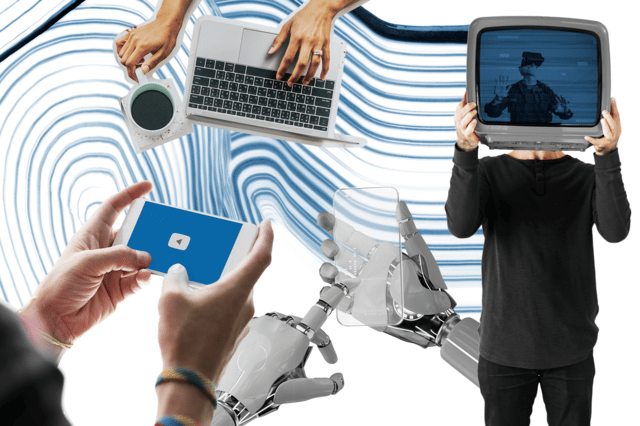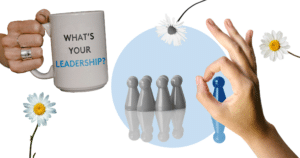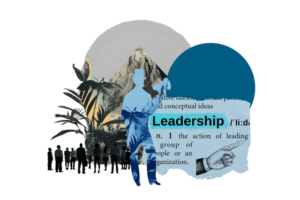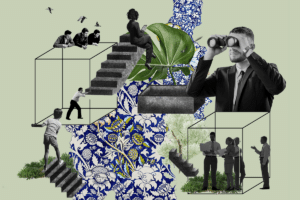When people talk about digital transformation, they often think of a cold, depersonalized context devoid of empathy, but the changes we are experiencing testify to the opposite: at the center of digitalization is the human being. The development of warmer and empathic soft skills, therefore, lays the foundation for a virtuous relationship with the world of work and all the evolutions that will come in the next few years.
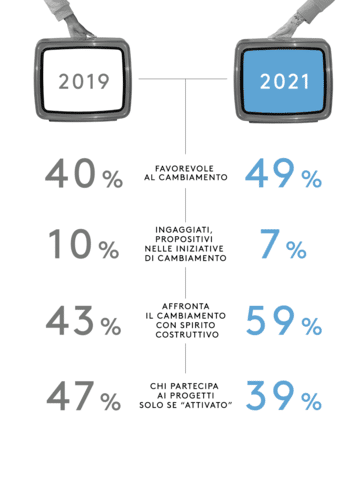
In practice, 1 in 3 workers today understands that change is urgent, unmissable, and necessary to make their company competitive in the market.
The sense of evolution, therefore, is understood, wanted, and supported by people for people’s well-being. This shows that when we talk about digital transformation, we must not fall into the error of imagining a world in which machines and humans play against each other: on the contrary, in such a process the element that must be put at the center is us, the human beings.
Hand in hand with digital transformation, therefore, it is important that we also develop another kind of transformation, the human one, by promoting constant work across all levels of organizations on the soft skills to be developed, based on the evolving context.
Paradoxically, rediscovering our more empathetic and communicative side and working on people, especially when the organization might be seen as cold and distancing, is a process that helps to create fertile ground for the fruitful development of change and leads to an increasingly better coexistence of digital and physical.
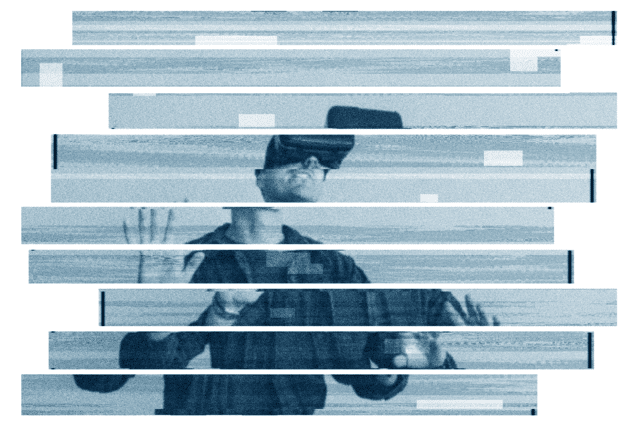
Change management is above all people management
Digitization has changed the axis of our work habits on at least three aspects: the organizational, the modality, and the relational, and for all three areas, it has brought many benefits with it.
Organizationally, it has deconstructed the principle on which companies were mostly based, namely verticality. Everything that responded to hierarchical needs, that was bounded by boundaries, which we might have called territorial, regarding roles and tasks has disappeared to make way for more horizontal dynamics that focus on networking and collaboration.
The very idea of collaboration, however, is now very different from what was previously constructed: the mode of work has changed because the dynamics between and within teams were revolutionized when they became virtual from the physical. Psychologists Hambley, O’Neill, and Kline, in their study Virtual team leadership: Perspectives from the field. defined virtual teams as “interdependent groups of individuals working across time, space, and organizational boundaries, with communication links that depend heavily on advanced information technology.” Organizing work with this model has several benefits that we have come to recognize by now: the ability to work from anywhere in the world; reduced travel time and costs; a greater (we might say worldwide) pool to draw from in the talent search; and a more diverse richness in skills, backgrounds, and viewpoints. Not to mention the positive impact on the environment, with reduced emissions due to less travel.
Unfortunately, however, there is also a second side of the coin, one that shows the risks of the digital world of work into which we have fallen. According to a study by Birmingham Young University in Provo, Utah, the main side effect is to feel isolated and disconnected from the organization one works for, and this can have consequences on co-workers:
- decrease in creativity
- weakening of relational ties
- miscommunication, such as the wrong distribution of information or the wrong transmission of a message and its level of urgency
- poor understanding, caused by the inability to physically observe members’ behavior, and perceive their facial expressions and gestures of nonverbal communication.
To this then, there is also an issue of age divergence that contributes to increasing these negative effects.
Spreading the digital mindset to all age groups
One aspect that should not be underestimated when it comes to digitization is that of demographics. On the relationship between technological development and older people, the numbers speak for themselves: while Eurostat data from 2021 show how overall digital skills in Italy are improving, with a 10 percent increase over the previous year, a narrowing of the gap with the EU average, and a percentage of Internet users above 80 percent of the national population, they also tell of an important age gap in digital literacy. The American Library Association defines “basic digital skills” as “the ability to use information and communication technologies to find, evaluate, create, and communicate information, requiring both cognitive and technical skills,” and in examining the characteristics of those who possess them and those who do not, one cannot help but notice that age has a major impact:
- workers in the 25-34 range: 61%
- workers in the 55-64 bracket: 37.6%
This gap between generations is not to be underestimated: it can take the form of a gap in ideas, behaviors, views, cultural norms, and ways of approaching life that form the basis for difficulties in collaboration, clashes, and prejudices.
How, then, to leave no one behind and keep the level of collaboration high?
From leader to e-leader: the skills to develop to implement human transformation
To work in an increasingly digital environment, we need an increasingly human attitude. First and foremost, those in leadership roles must transform from leaders to e-leaders. But how?
The first step may be to work on some specific skills:
- ability to delegate: in the past leadership was highly concentrated in the hands of a few, if not just one, but now it has become widespread, aiming at people empowerment. More delegation and thus more cross-functional responsibilities result in greater engagement for employees.
- vision: learning to perceive change and anticipate it. If leadership was previously understood as a pragmatic skill, it now becomes oriented toward instilling enthusiasm, giving a sense of direction and consistency.
- flexibility: being able to adapt to needs, in a constantly changing context, gives the possibility to find creative and each time different solutions according to specific situations.
- communication skills: especially in international and intercultural contexts, where it is more important to identify similarities and differences and to value the specificities of different backgrounds.
- team working: to keep a group divided by space, time, and characteristics united and focused on the goal.
- ability to learn: upskilling and reskilling are the constants in an environment that never stops changing. This makes the attitude of having an open mind and “learning to learn” the key to managing change across the board.
Human transformation, then, is implemented not only through the adoption of a digital mindset, but by getting to the bottom, at every stage of the work, of the most human aspect: it is not the technology but the person that at all levels of organizations must be leveraged to achieve a successful evolution.
